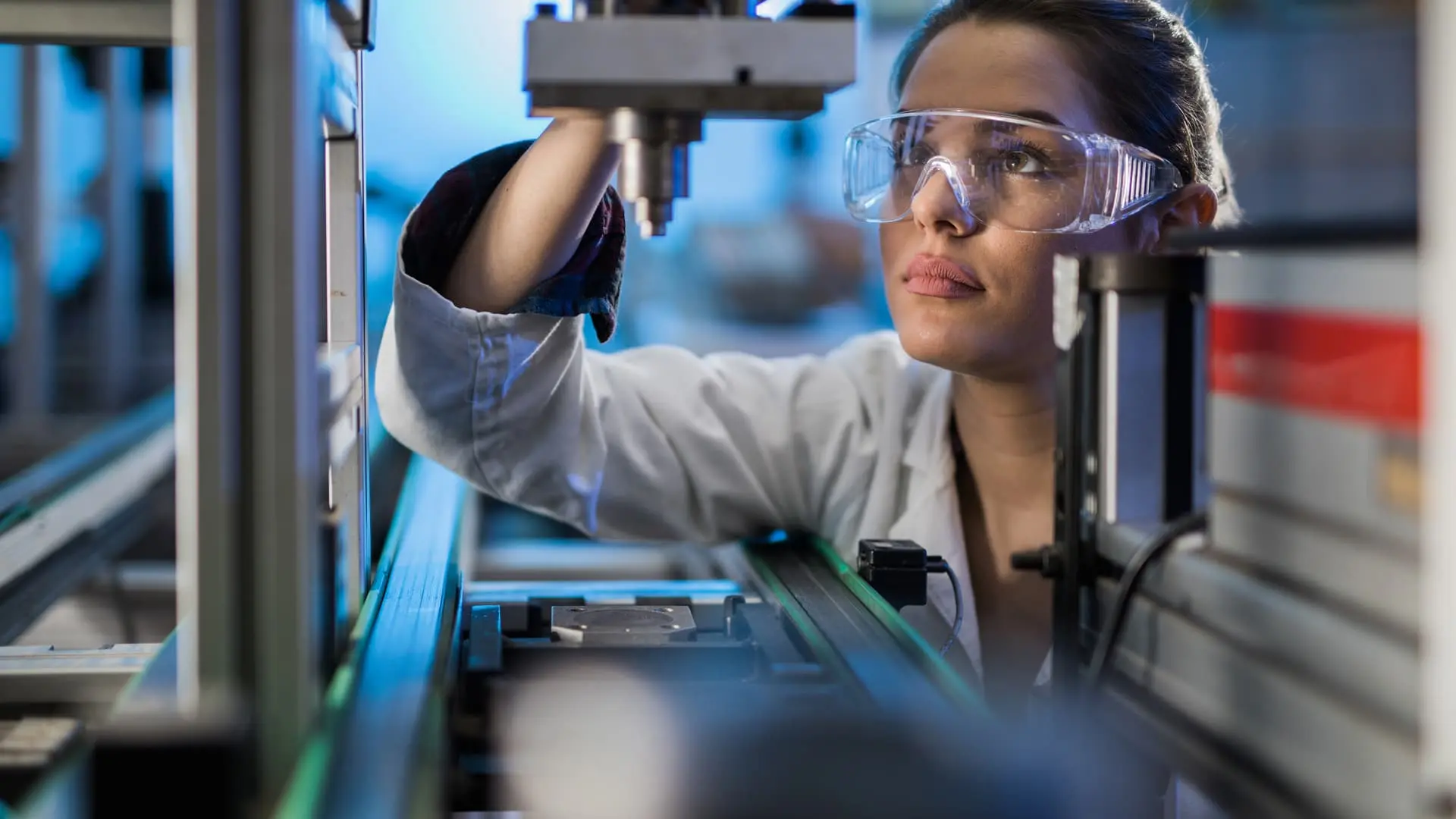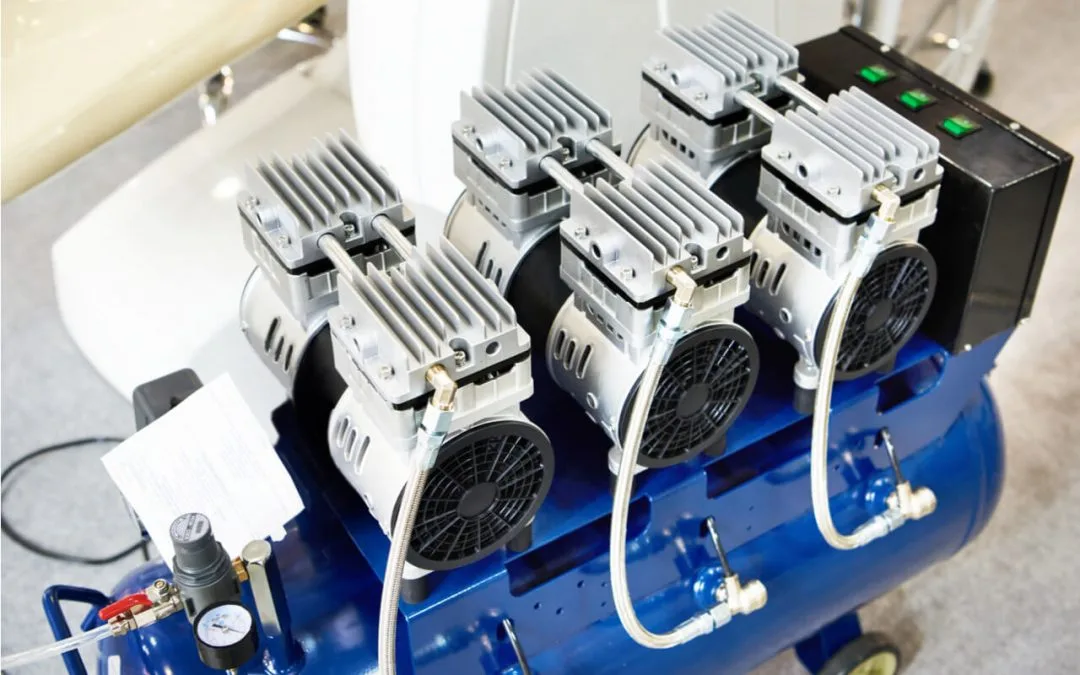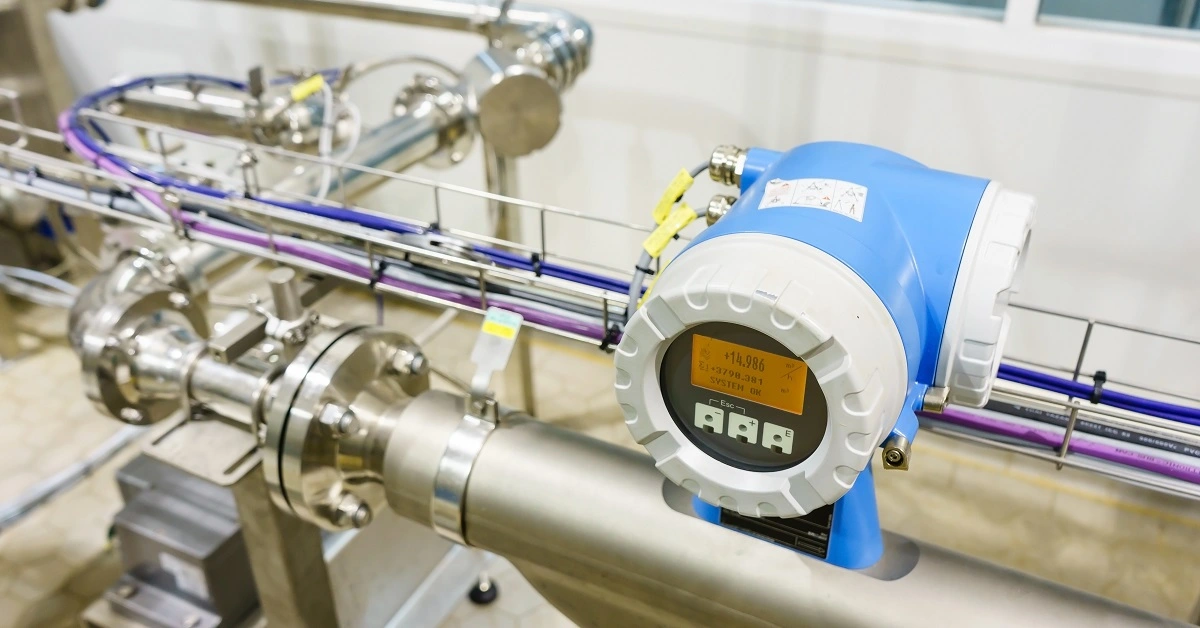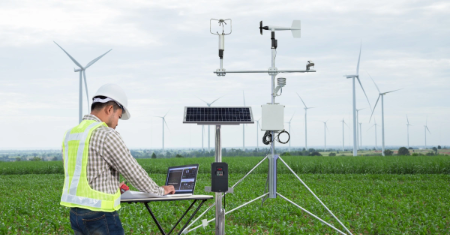Contents
Objectives
Predictive maintenance identifies anomalies, i.e., unexpected measurements that may indicate a problem but are not yet severe enough to constitute a failure.
The challenge is to determine the condition of in-service equipment to predict when the company should perform maintenance and prevent unexpected failures.
Benefits
Predictive maintenance enables the management of potential problems that may arise in the present and the prevention of unexpected future events.
 IMPROVE PLANNING |  REDUCE REPAIR COSTS |
 REDUCE PRODUCTION LOSSES |  MINIMIZE DOWNTIME |
Approach
Predictive maintenance involves modeling equipment failures based on observations of past machine runs and failures.
Neural networks can model the correct operation of the equipment under a given condition and detect when this operation deviates from the norm.
This allows for the early detection of potential equipment failures and their correction before they occur.
Conclusions
Predictive maintenance saves companies money by reducing downtime and lost production, facilitating better planning of personnel and materials, and lowering repair costs.
Neural Designer utilizes machine learning to construct predictive models that encompass a wide range of variables related to equipment failure.



